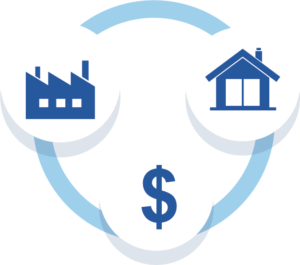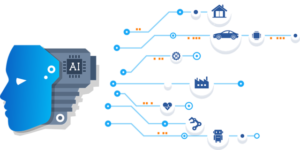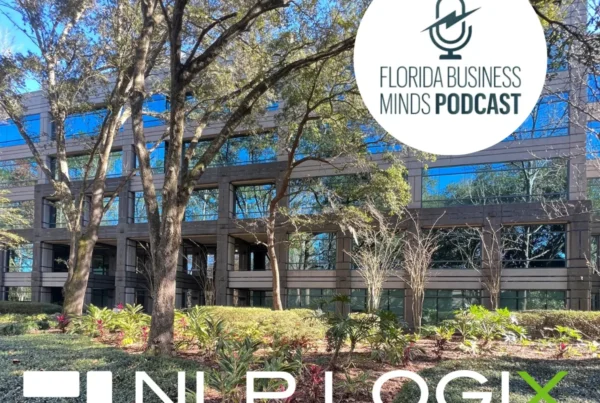Despite the current financial crisis, credit scores are soaring – Is there a better way to handle bad debt scoring?
For many years, credit scores have been the primary tool used to prioritize bad debt accounts for the vast majority of collections agencies. For the most part, a person’s credit score is a good indicator to determine if they are capable of paying back their debt. But with advances in AI technology and with the average consumer credit score reaching new highs, (see WSJ article here) should agencies be looking at alternative ways to prioritize their accounts?
In this article, we’ll compare traditional credit scores to machine learning models as a strategy for predicting consumer behavior for paying debt.

Which is more predictive?
If you were to prioritize your entire portfolio of bad debt accounts by their credit score, you would find that those at the top of your list would be the ones with higher credit scores and visa versa. This has been how most collection firms have operated for years, and for the most part this strategy works.

A credit score is good at determining who can pay but not who will pay. The credit score does not take into account any factors beyond what is in that person’s credit report.
This is where machine learning models can take things to the next level. By combining your historical data with external data sources to help determine things like household gross and disposable income, rent to ownership ratios, and up-to-date unemployment, these models can learn past behavior and payment patterns. This means a machine learning model can better predict who will pay.
When NLP Logix performed a head to head comparison of credit scores to machine learning models on the same account portfolio over a 3-month period, the machine learning models were more accurate at determining which accounts have a higher likelihood of paying.
Winner: Machine Learning
Account types
One of the major disadvantages of using credit scores as your primary means of prioritizing your accounts is that it can only be applied to certain debt types. For some agencies, the only issue with this strategy is the need for reliable data that can be matched to a credit file. Whether you’re collecting medical, municipal, or commercial debt or acting as a first party, credit scores often cannot be used and prioritizing these types of debt becomes more difficult.
To combat this issue, some agencies prioritize on age or balance of the debt. Prioritizing only debts of a particular balance or age ends up with large amounts of collectable debt underworked, or worse, unworked. Going after low balance debts can result in a high conversion rate but reduces liquidity. Conversely, prioritizing higher balances leaves a lot of collectible debt on the table.
A predictive model can be applied to any debt type and doesn’t rely on matching, so every account is scored…every time. This ensures you are always working accounts with a strategy to maximize total collections and unit yield and your agents are able to collect with greater efficiency.
Winner: Machine Learning
Additional features
One of the benefits of using a robust machine learning model are the additional outputs it can provide. These can be things like:
- the best way to reach an account
- the best time of day to call
- optimized payment plans and settlement offers

These are all outcomes that a credit score cannot provide. In most cases, operations teams are working on other ways to identify these items and often the results are fragmented. A properly trained machine learning model can offer these outputs as part of a score and populate them into your dialer or CRM as part of a holistic recovery strategy.
Winner: Machine Learning
Costs
The cost of a credit score for many agencies is considered a cost of doing business as most companies rely on external tools such as the credit score and skip tracing for their collection’s efforts. In most cases, a credit score expense is transactional and charged on a per account basis. For agencies with high volume, these costs can add up quickly.
Most people have associated AI/ML projects with high costs, but surprisingly the cost of a custom ML solution maybe very similar to the costs of credit scores for medium to large agencies. From this standpoint, both are similar.
Because these predictive machine learning models can be more accurate than credit scores, some agencies are looking at their ML model as an alternative to the credit score. This strategy can provide significant relief for medium to large agencies. By cutting out the credit score expense and only using the machine learning model for prioritization and segmentation, agencies are actually saving money by greatly reducing the need for credit score cost, while at the same time improving their operations and collections rates.
Winner: Machine Learning

With more and more agencies adopting a data driven approach to their operations, machine learning models are becoming more integral for optimizing collections operations. NLP Logix has been building predictive models for over 9 years and have become experts at how to build these models and put them into production.
To learn more, or to schedule a discovery call with one of our machine learning experts, contact us





